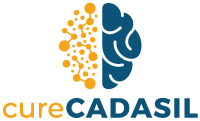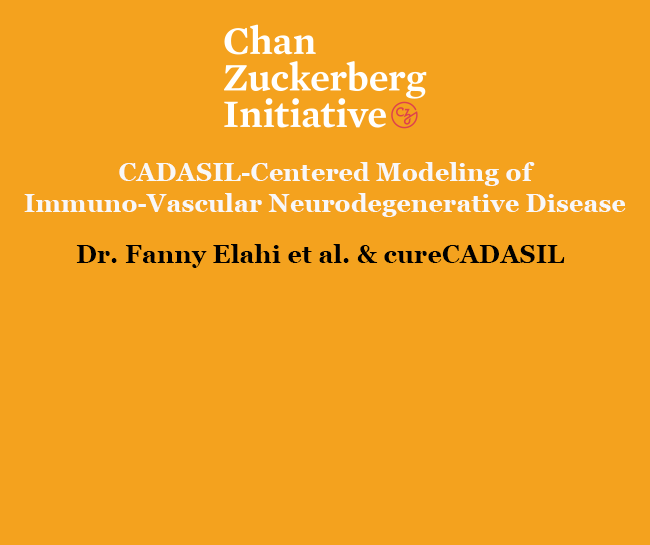CADASIL is a rare disease that has only been identified within the past few decades. As such, there is still significant research to be done to fully understand its pathology, progression, and other distinct aspects.
This research requires willing participants from within the community of CADASIL patients. Below, you can find links to ongoing CADASIL research studies or clinical trials, including information on how your involvement can help us get closer to developing new treatments and eventually a cure.
If your organization or university will be starting a new CADASIL-related research project in the near future, contact us at info@cureCADASIL.org.
We are not aware of CADASIL clinical trials that are currently seeking participants to test treatments (see Active Studies).
Drug Development Process
Finding Targets and Therapies
(Scientific Research)
Receive more information about the drug development process.
Testing Therapeutic Options
(Clinical Trials)
Read more information about Clinical Research.
Read the NIH’s Definition of a Clinical Trial.
Read more about the Phases of Clinical Trials.
A Cure for CADASIL
Scientific research is needed before drugs and therapies can be tested in humans.
• Researchers will collect patients’ natural history and test results to use with computers/AI, cells, and animal models to identify potential targets for therapies
• Researchers use human cells to test the potential targets and identify which potential therapies can affect the cellular abnormalities found in CADASIL
Clinical trials involve people who volunteer to test and help find better treatments.
• Clinical Trial Phases I-III will test drug and therapy safety and efficacy in human
• If a therapy is proven safe and effective, it can be approved by the FDA and become available for use in clinical practice
• After the therapy enters clinical practice, post-market monitoring begins, during which the FDA continues to oversee safety, relying on voluntary reporting
Once the disease has been studied, clinical trials have been conducted, and a therapy has been proven safe and effective, we are on our way to treating and curing CADASIL!
Finding Targets and Therapies
(Scientific Research)
Receive more information about the drug development process.
Scientific research is needed before drugs and therapies can be tested in humans.
• Researchers will collect patients’ natural history and test results to use with computers/AI, cells, and animal models to identify potential targets for therapies
• Researchers use human cells to test the potential targets and identify which potential therapies can affect the cellular abnormalities found in CADASIL
Testing Therapeutic Options
(Clinical Trials)
Read more information about Clinical Research.
Read the NIH’s Definition of a Clinical Trial.
Read more about the Phases of Clinical Trials.
Clinical trials involve people who volunteer to test and help find better treatments.
• Clinical Trial Phases I-III will test drug and therapy safety and efficacy in humans
• If a therapy is proven safe and effective, it can be approved by the FDA and become available for use in clinical practice
• After the therapy enters clinical practice, post-market monitoring begins, during which the FDA continues to oversee safety, relying on voluntary reporting
A Cure for CADASIL
Once the disease has been studied, clinical trials have been conducted, and a therapy has been proven safe and effective, we are on our way to treating and curing CADASIL!
Blood samples and other standard assessments from individuals living with CADASIL and from healthy volunteers hold the key to understanding CADASIL.
We are not aware of clinical trials that are currently seeking participants to test treatments for CADASIL (see Active Studies).”





